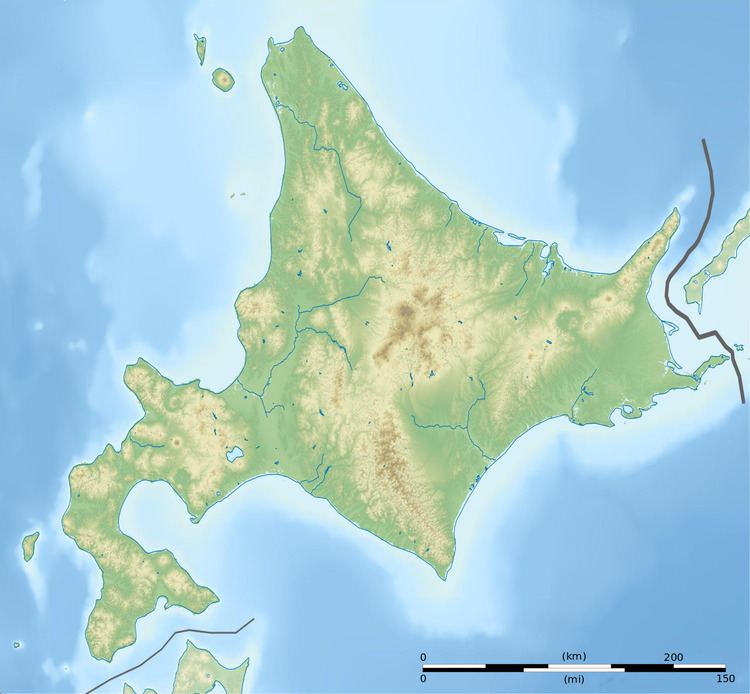 | ||
The Ishikari coal basin lies in the tertiary mountains of the mining region of Sorachi, east of the Ishikari Plain in central Hokkaido. These coal veins contain the largest quantity of coal of Japan. Because of its late discovery the historical role of the coalfield could not be compared with that of the Chikuho coalfield, but its economic importance since the Japanese industrial revolution is comparable with that of the southern Chikuhō coalfield.
The Discovery
It was explorer Matsuura Takeshirō (松 浦 武 四郎), who, during his journey through Hokkaido in 1857, first marked the coal seams on the banks of the Sorachi river near Akabira. In 1868, carpenter Kimura Kichitarō (木村 吉太郎) discovered coal in Horonai, Mikasa (三 笠). However, it took another six years before the local government took action, and the mining engineers Benjamin Smith Lyman and Takeaki Enomoto welded an investigation. Their findings were satisfactory, and the Meiji government decided to build in Horonai the first coalmine of the Ishikari coal basin. In 1889, the Meiji government sold off the mine and its railways to, Hori Motoi, who found the Hokkaido Colliery and Railway Company (北海道炭礦鉄道会社 Hokkaidō Tankō Tetsudō Kaisha), abbreviated as Hokutan.
Alongside to the historic mine Horonai this basin is also home to the famous mining town of Yūbari (夕張市). Here in 1888, coal was discovered by engineer (坂市太郎) Ban Ichitarō (1854-1920), a follower of Benjamin Smith Lyman, on the upper reaches of the river Shihorokabetsu (士幌加別川). The following year, Hokutan opened its first colliery in Yūbari, the Yūbari Saitanjo (夕張採炭所).
